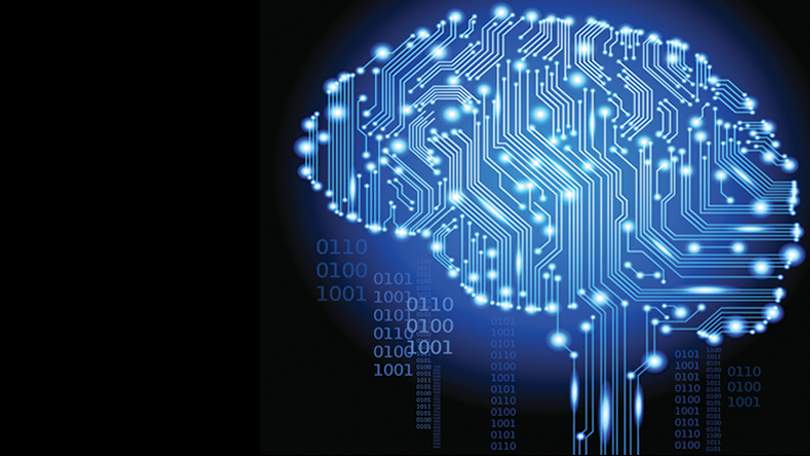What is Machine Learning?

Machine learning is a method of data analysis that automates analytical model building. It is a branch of artificial intelligence based on the idea that systems can learn from data, identify patterns and make predictions with minimal human intervention. Machine learning algorithms are used in a wide variety of applications, including email filtering, detection of network intruders, and computer vision. Machine learning enables computers to learn without being explicitly programmed. This is achieved by training the computer with data so that it can learn to recognize patterns. Machine learning is used in a variety of applications, such as email filtering, detection of fraudulent activity, and image recognition. Email filtering is one of the most common applications of machine learning. Spam filters use machine learning to identify and delete unwanted emails. To do this, they first need to be trained with a set of data that includes both spam and non-spam emails. The filter then uses this data to learn what characteristics make an email more likely to be spam. This enables it to identify and delete future spam emails without the need for human intervention. Fraud detection is another common application of machine learning. This is typically done by training a machine learning algorithm with a dataset of past fraud cases. The algorithm then learns to identify patterns that are indicative of fraud. This allows it to flag future cases of fraud so that they can be investigated. Image recognition is another area where machine learning is used. This is usually done with a neural network, which is a type of machine learning algorithm. Neural networks are trained with a dataset of images, and they learn to recognize patterns in the images.